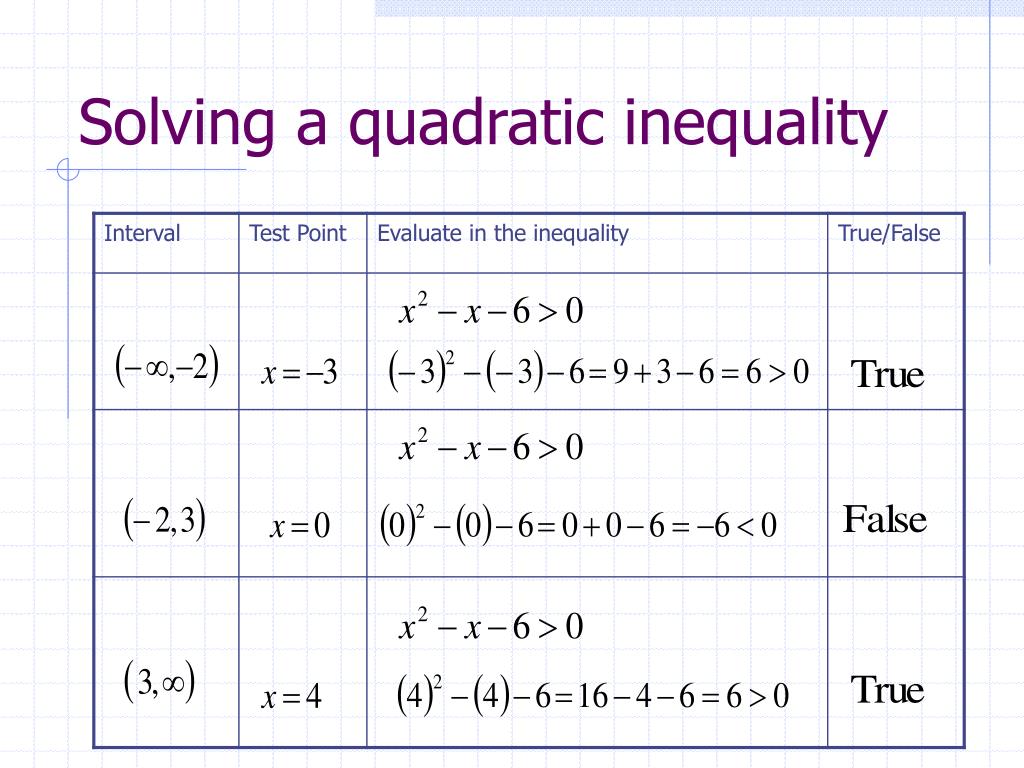

"The sum of," "increased by," "plus," "more than," "add," "exceeds," and "exceeded by" can be associated with addition.In Sections 1.2 and 1.3 we associated certain word phrases with certain mathematical operations: In the following sections, we will actually solve equations. In this section, we will only be concerned with writing algebraic expressions and equations. We can then use the techniques of the previous sections to solve the equations. Before we can solve such problems, we must translate word sentences into mathematical equations. Most problems that deal with practical applications of mathematics are expressed in words. We must reverse the inequality whenever we multiply or divide both members of an inequality by a negative number. We can use the following properties to write equivalent inequalities:.We can also solve for a given variable in terms of the other variables.


We can solve a folumula by substituting known values into the formula and solving for the unknown variable.By the symmetric property of equality, the members of an equation can be interchanged without any changes of sign. We do this by applying one or more of the following properties:Īre equivalent equations. An equation whose solution is not evident by inspection can be transformed to an equivalent equation whose solution is evident. Equations that have identical solutions are called equivalent equations.A value of the variable for which an equation is true is called a solution of the equation. Equations in which the variable has an exponent of 1 are first-degree equations. Symbolic versions of word sentences are called equations.When solving word problems involving inequalities, we follow the six steps outlined on page 115 except the word equation will be replaced by the word inequality. In this case we have to reverse the order of the inequality. Now we apply Property 3 and divide each member by -3. SolutionĚdding - 1 to each member, we get The three properties above also apply to inequalities of the form a > b, as well as a 7, where x is an integer. If the same expression is added to or subtracted from each member of an inequality, the result is an equivalent inequality in the same order. But using the following properties, we can form equivalent inequalities (inequalities with the same solutions) in which the solution is evident by inspection.ġ. Sometimes it is not possible to determine the solutions of a given inequality simply by inspection. For example, the graphs of the infinite number of integer solutions of the inequality x > 3 are shown in Figure 3.1. But a first-degree inequality has an infinite number of solutions. In Section 3.1, we saw that a first-degree equation in one variable has only one solution. Inequalities such asĪre said to be of opposite order or opposite sense because in one case the left-hand member is less than the right-hand member and in the other case the left-hand member is greater than the right-hand member. Statements that involve any of the above symbols are called inequalities. "4 is greater than or equal to y" can be written asĔ ≥ y. "2 is less than or equal to x" can be written asĒ ≤ x. "1 is less thanē" can be written as 1 -5. These order relationships can be expressed by using the following symbols: (i)Since the curve has minimum value, k-6 > 0 i.In Sections 1.1 and 2.1, we saw that of two different numbers, the graph of the lesser number lies to the left of the graph of the greater number on a number line. The curve y= (k-6)x2-8x +k cuts x-axis at two points and has a minimum point. Find ‘m’ Since the equation has no real roots, the discriminant D 0 ie (m-8)(m+2) > 0 ie m8ġ3. There is no real value of x for which mx2+8x +m =6. SOLVING QUADRATIC INEQUALITIES RULE 1: If (x-a) (x-b) 0 and abĮxercise 3.3 Find the range of values for each of the following 1a) x2+5x-6 2(x-1) The given inequality can be written as 5x2 +4x -5x -4 > 2x -2 5x2 -3x -2 > 0 5x 2 2x (5x+2)(x-1) >0 x - 1 -5x 5(x+2/5)(x-1)>0 _ 5x2 -2 -3x Solutions are x1Ĥ.


 0 kommentar(er)
0 kommentar(er)
